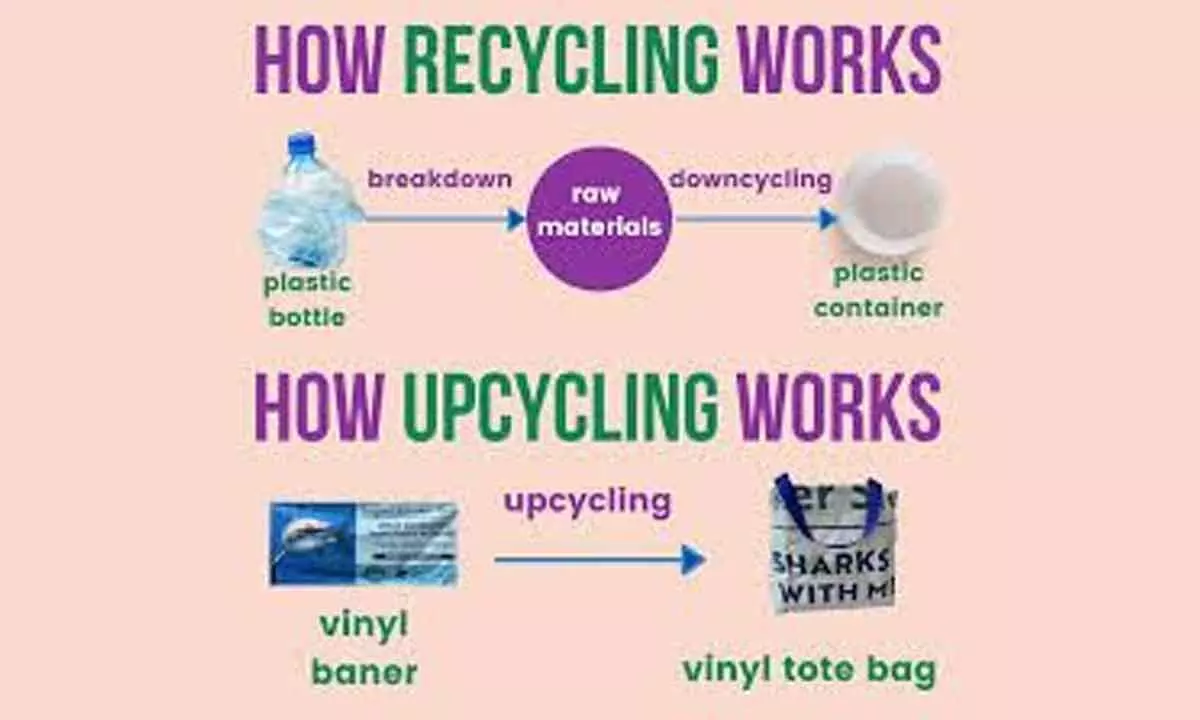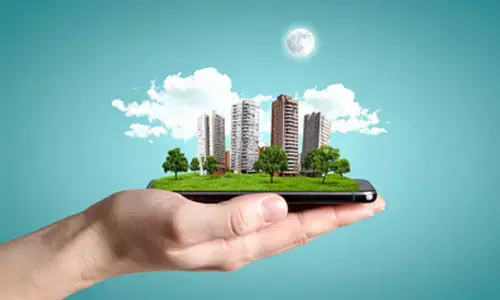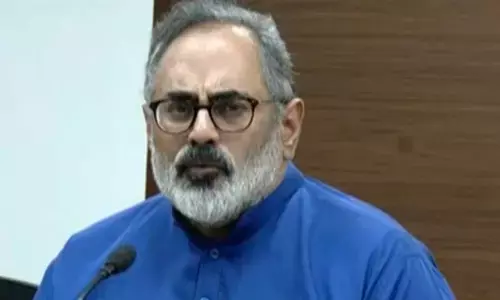Plastic recycling failing across world

The amount of material that is remade into the same or similar products (what is called closed-loop recycling) is extremely low. Only 2 per cent of plastic waste is recycled in a closed loop and not turned into something of lower quality, which is called downcycling
Cressida Bowyer, Keiron Roberts & Stephanie Northen
Recycling was once considered the obvious solution to the excessive amount of new (or virgin) plastic produced each year. This is no longer realistic. Global recycling capacity simply cannot keep up with the taking, making and wasting of natural resources. Growing mountains of plastic waste are accumulating in the poorest countries as affluent nations such as the UK ship their recycling overseas. But some nations are importing far more plastic waste than they can possibly recycle.
The recycling process itself also creates problems. A new report by Greenpeace and the International Pollutants Elimination Network has revealed how plastics which are made with or come into contact with toxic chemicals, such as flame retardants, can contaminate the recycling process by spreading these toxins through subsequent batches of plastic waste. Another recent study showed that recycling facilities can release hundreds of tonnes of microplastics into the environment each year.
The amount of material that is remade into the same or similar products (what is called closed-loop recycling) is extremely low. Only 2 per cent of plastic waste is recycled in a closed loop and not turned into something of lower quality, which is called downcycling.
Recycling cannot fully replace virgin material as it can only be recycled twice before losing necessary properties, and so most recycling results in a downgraded material that cannot be used for the same purpose. A more sustainable approach would prioritise preventing plastic waste by taking action at earlier stages of a plastic product’s lifecycle: reducing how much plastic is ultimately made, reusing what exists and replacing plastic with alternative materials where appropriate.
Reduce: Manufacturers must stop making so much unnecessary plastic to reduce the amount entering the economy. There is no case for making plastics that are impossible to collect, reuse or recycle, or are toxic. Yet they are abundant: think multi-layered sachets, thin films and wrappers. These should be phased out as a priority.
Reuse: Using the plastic you already have for as long as possible reduces the amount of new products and packaging that need to be made and how much waste is ultimately sent for recycling. Roughly 250 billion single-use coffee cups are used worldwide every year – a figure that could be slashed by governments setting national mandates for reusable cups and bottles. This might involve shops, cafés and other venues providing reusable packaging for any products they sell and ensuring each one is used, tracked, washed, returned and replenished for the next consumer cycle.
Substitute: Metals, glass, or paper can be used instead of plastic, but there is no universal sustainable alternative. The most appropriate material depends on the item’s use. The environmental consequences of any material should be rigorously assessed across its entire life cycle – from production to use and disposal – to ensure it does more good than harm. And such assessments must consider all social, environmental and economic costs. The true cost of making, distributing and disposing of plastic is estimated to be more than ten times greater than what the customer pays for the product. Including the hidden costs of environmental damage and human misery arising from pollution in the price of virgin plastic, by taxing manufacturers or retailers for instance, could boost the economic case for alternatives.
Recycling can still be useful: Not all plastics can be reused, especially medical devices. When all alternatives have been exhausted, recycling keeps material in the economy and temporarily delays the need for more virgin plastic. But the existence of recycling shouldn’t justify making more plastic. Recycling must not pollute. Manufacturers should only make plastics which can be recycled via methods proven to be safe and clean, and ban toxic additives.
Simple labelling can help consumers make informed decisions about how, where and what to either reuse or recycle, which would help prevent recycling loads becoming contaminated with non-recyclable waste and toxins. High-income countries which export waste to poorer countries for cheap recycling do so without guarantees that infrastructure exists to manage this waste where it ends up. The result is waste leaking into the environment, and toxic plastic blocking drainage channels and causing floods. Banning or restricting exports would help.
Precarious workers in the informal waste sector collect, sort and sell recyclable materials and carry out 60 per cent of global recycling. Waste reclaimers endure poor health and low pay but their extensive knowledge is invaluable and must be acknowledged. Policies to protect their rights and improve their livelihoods are needed. Countries meeting in Paris for the second of five rounds of negotiations for an international treaty to end plastic pollution will discuss all areas of the plastic lifecycle - from the extraction of material to manufacturing, use and disposal. Banning unnecessary plastics, toxic additives and waste exports should be high on the agenda, along with schemes to encourage reuse and repair.
(The Conversation; Writers are from University of Portsmouth, UK)














